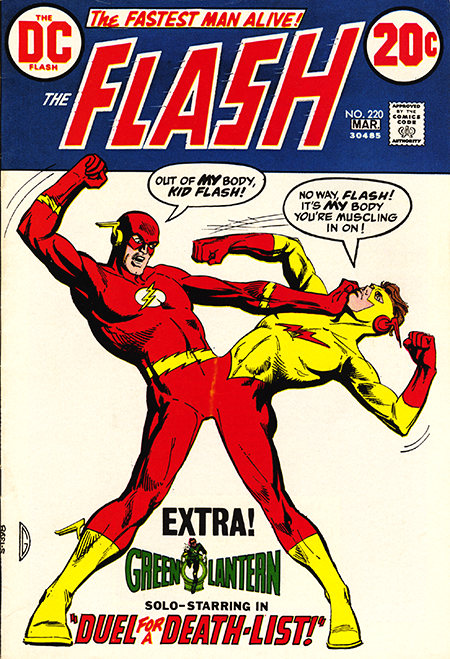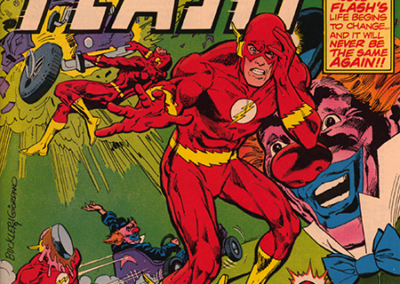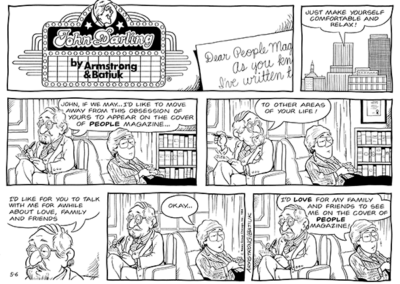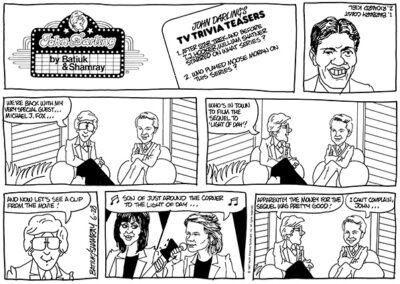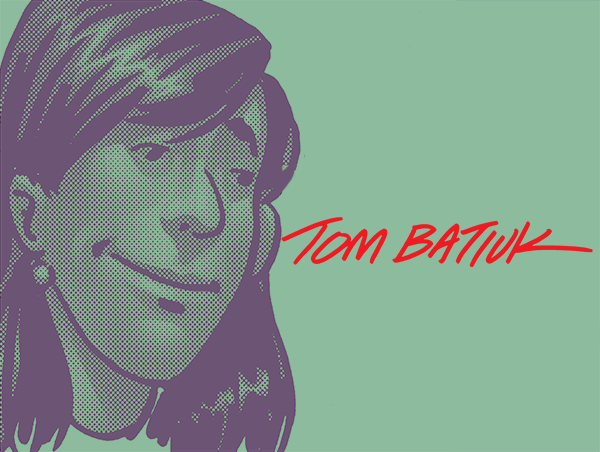Despite the best efforts of editor Julie Schwartz et al, The Flash at this point has been bumped to bi-monthly status which is never a good sign for a book. A large part of the appeal of these pamphlets is following the story arcs from book to book and the anticipation of what’s coming next, and, when you throw a two month gap into the mix, you make it much tougher to keep reader interest alive. Admittedly, it’s nothing compared to the half year gaps that can happen with books these days and which are real buzz killers (there’s nothing like having something show up in your pull list that you can no longer even remember ordering), but, at least these days, you can trade-wait the collections if you still aren’t fed-up with the company, and artists/writers. But, back in the GOD (good old days), a two month wait was only going to cost you sales, not increase them. However, as I’ve already discussed in previous posts, DC was fighting a rear guard action at that point in time, not leading the charge.
And this is notwithstanding the fact that Cary Bates is/was (I can’t keep this tense stuff straight) writing some very appealing stories. Presented for your consideration is the Flash tale in this issue where Bates reaches back to the Flash’s origin story “Mystery of the Human Thunderbolt” to bring back the Flash’s very first villain, the Turtle. He’s the one who inadvertently causes the Flash and Kid Flash to fuse thus creating that very disturbing cover. Apparently the Turtle calculated that the Earth was slowing down and causing him to slow down and eventually die, so he invents a device to speedup the Earth which naturally attracts the attention of our Flashes and leads to their fusing. After they unfuse and slow down the Earth again, they capture the Turtle, and, in order to not lose the Turtle to the dreaded fate he feared, Bates has the Flash say: “I checked and found hid calculations way off!“. The story gets high marks for trying to tie the Flash oeuvre together… somewhat lower ones for execution.
The Green Lantern back-up story is pretty much eight and a half pages of set-up, followed by continued next issue… in two long long months.


